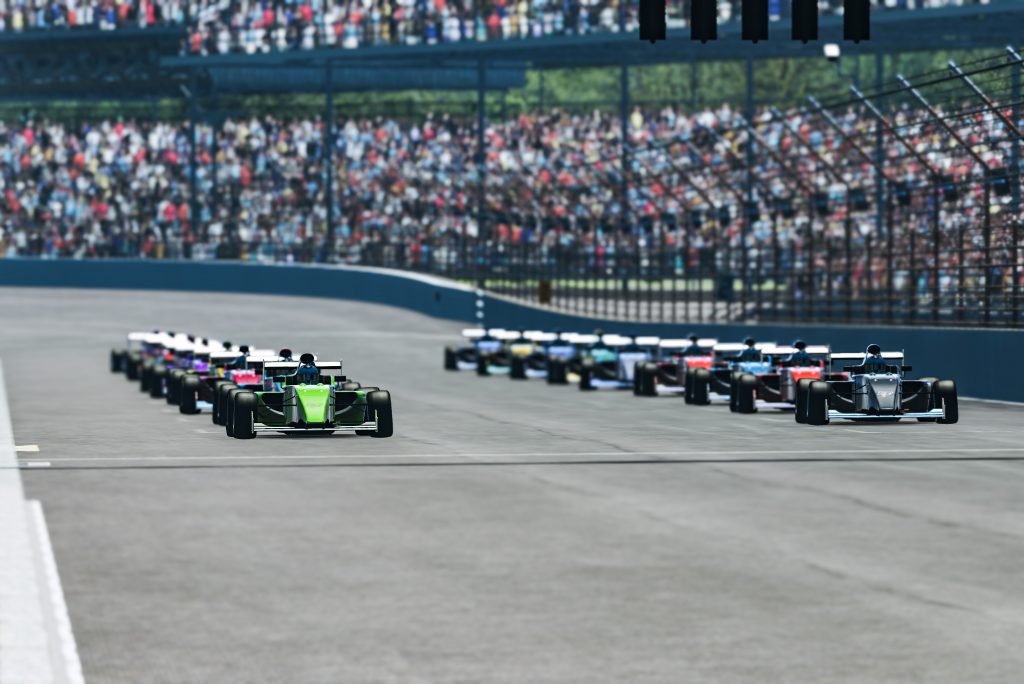The second All-Star Esports Battle showcased the talents of some of the best Esports drivers against a vast number of real-world drivers from an array of motorsport series.
While the first All-Star Battle was dominated by sim racers, the pro drivers stepped up their game in the second race and proved to be more than a match for some of the greats of the virtual racing world.
So of the nearly 60 total participants, we’ll shine a light on those who put in the best performances on track, even if not all of them were able to get the results to back that up.
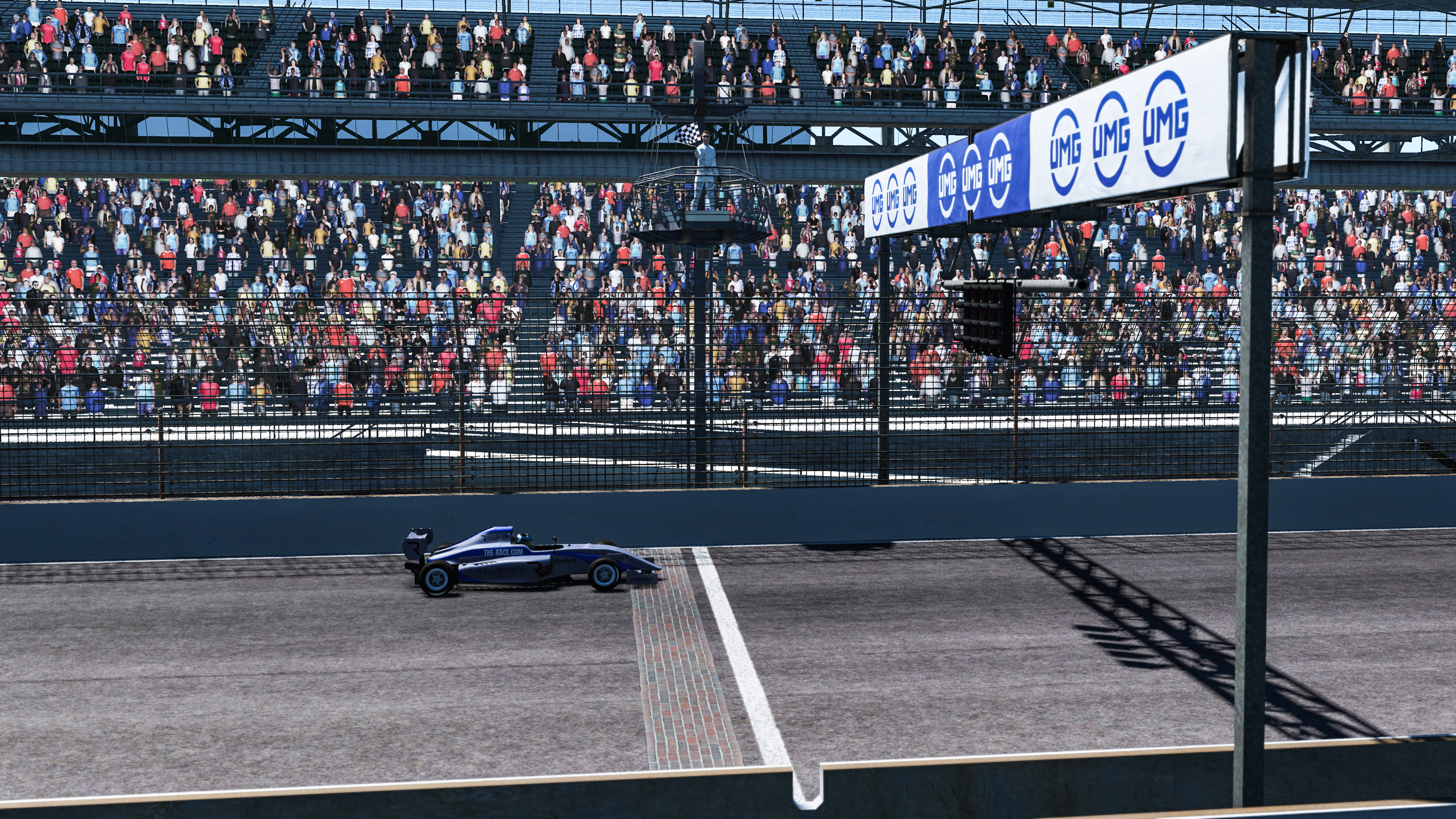
Rudy van Buren
It would be remiss not to mention the winner of the event as well as the winner of the second pro driver group race. He took pole position in the second group race and led it from lights to flag. Then in the grand final, he qualified in third yet was able to get a good run down to the first corner and pass Sebastian Job around the outside for second place. At the start of the second lap, he used the slipstream to pass Kevin Siggy for first place and, even with 18 laps left to run, Siggy was never able to mount a true challenge to take the top spot back.
Kevin Siggy
Referring to him as the runner up would be a disservice to his sheer ability. In the first All-Star Battle, he finished in second in the final, beating van Buren and arguably making him the best driver overall across both events. He made it through to the final via the tricky sim racers only round in which he qualified in second and overtook Sebastian Job for first down into turn one at the start of the second lap. From there he won that round and whilst he couldn’t beat van Buren in the final, the McLaren Shadow driver only finished the race 1.5 seconds behind him.
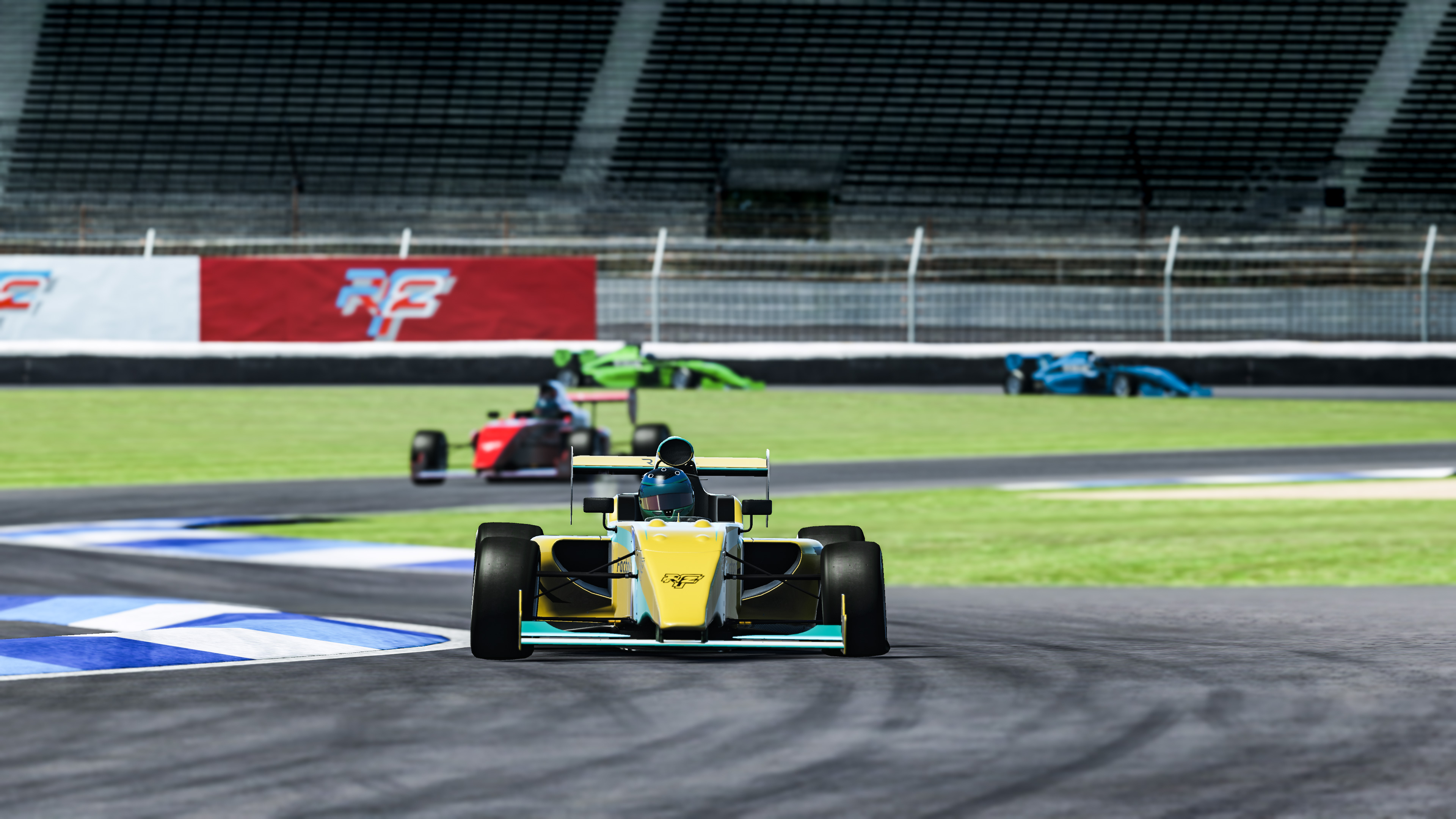
Dani Juncadella
He was the highest finishing real-world driver in the grand final with a fourth-place finish, missing out on a podium spot to Nuno Pinto. In the first group race, he qualified in second, besting the second World’s Fastest Gamer winner James Baldwin and GT Academy winner Wolfgang Reip. He ended up in a battle for second with Baldwin in the final couple of laps and ultimately lost, albeit by only five-hundredths of a second.
Rosenqvist may have won that race but in the final Juncadella started behind the Swede yet still finished ahead of him. A series of on-track incidents ahead of them meant that in the final few laps Rosenqvist was in fourth and Juncadella in fifth. Juncadella got in front of Rosenqvist on the second to last lap but only made it stick for a few corners. On the final lap though he made an overtake around the outside of the first corner and was able to solidify the place in the braking zone for turn four. A fourth place overall finish is impressive considering in the first All-Star Battle he made it through to the final yet only qualified in 19th and passed the chequered flag in 13th.
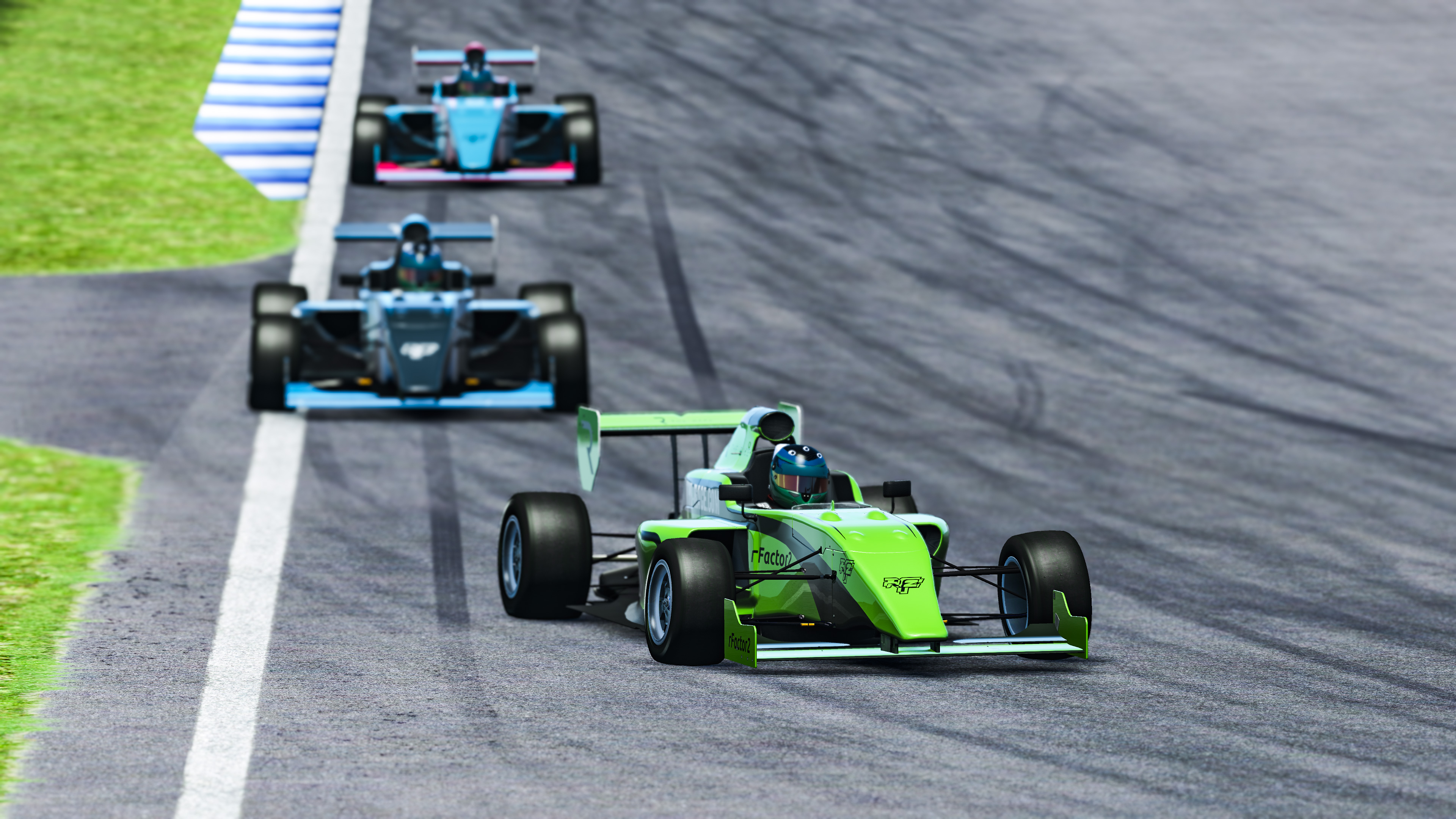
Felix Rosenqvist
You can’t talk about Juncadella without talking about Rosenqvist. He was the highest finishing real-world racer in the first All-Star Battle and nearly took that honour again. He took pole position in the first group race with a time that was quicker than van Buren’s pole time in the second group race. It was a comfortable race victory for Rosenqvist which meant it was little surprise to see him qualify in fourth for the grand final.
Pinto forced Job into the grass at turn one and Job rejoining the circuit into the side of Rosenqvist is what initially put him behind Juncadella and briefly into seventh. Within a lap, he’d recovered fifth place having passed Philipp Eng and then Juncadella to be the highest running real-world driver. Whilst the IndyCar driver did eventually lose out to Juncadella, before their scrap started he was keeping pace with the top three as he was within a second of Nuno Pinto in third and only five seconds off race leader Rudy van Buren.
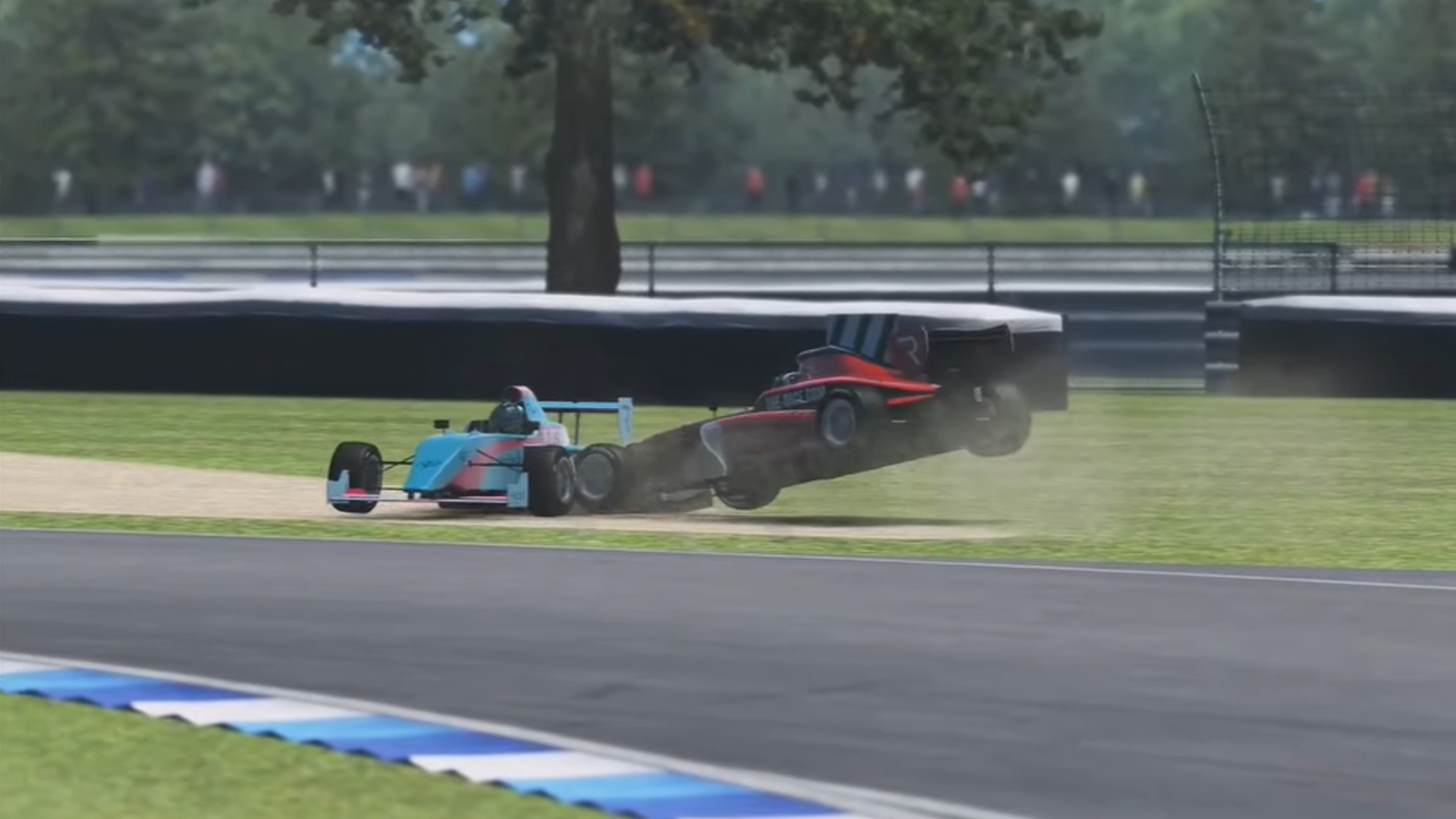
Ed Jones
He may not have the most impressive results on paper, but that’s only because he was so unlucky. He qualified in eighth for the second group race but kept out of trouble during the first lap to end up in fifth. He almost certainly would’ve finished that race in fifth as he was in a comfortable position but then disconnected on the final lap which meant he missed out on a vital top five finish which would’ve sent him into the grand final.
It was a similar story in the last chance qualifiers round as the IndyCar driver started in sixth but, again, after a few corners, he had moved his way up to fifth. But then up ahead Juan Pablo Montoya was hit and spun into the first corner. Montoya then reversed onto the track and straight into the path of Ed Jones, sending him firmly out of the top five for good.
James Baldwin
He was one of the quickest drivers in the first group race as he qualified in third and pipped Juncadella to second. His starting position in the grand final wasn’t as impressive as it was 11th place. He made up some places early on but that came to a halt when he tried to follow fellow sim racer Jajovski past Philipp Eng, but ended up crashing into the side of Eng at the apex of the turn.
That compromised his run onto the main straight where Mercedes driver Stoffel Vandoorne used the momentum and slipstream to catch up and bump draft Baldwin. This ended badly for the latest World’s Fastest Gamer winner as he ended up spearing off into the pit wall and fell down to 11th. Even with that setback he recovered all the positions he lost by the end to finish the grand final in eighth and back ahead of Vandoorne.
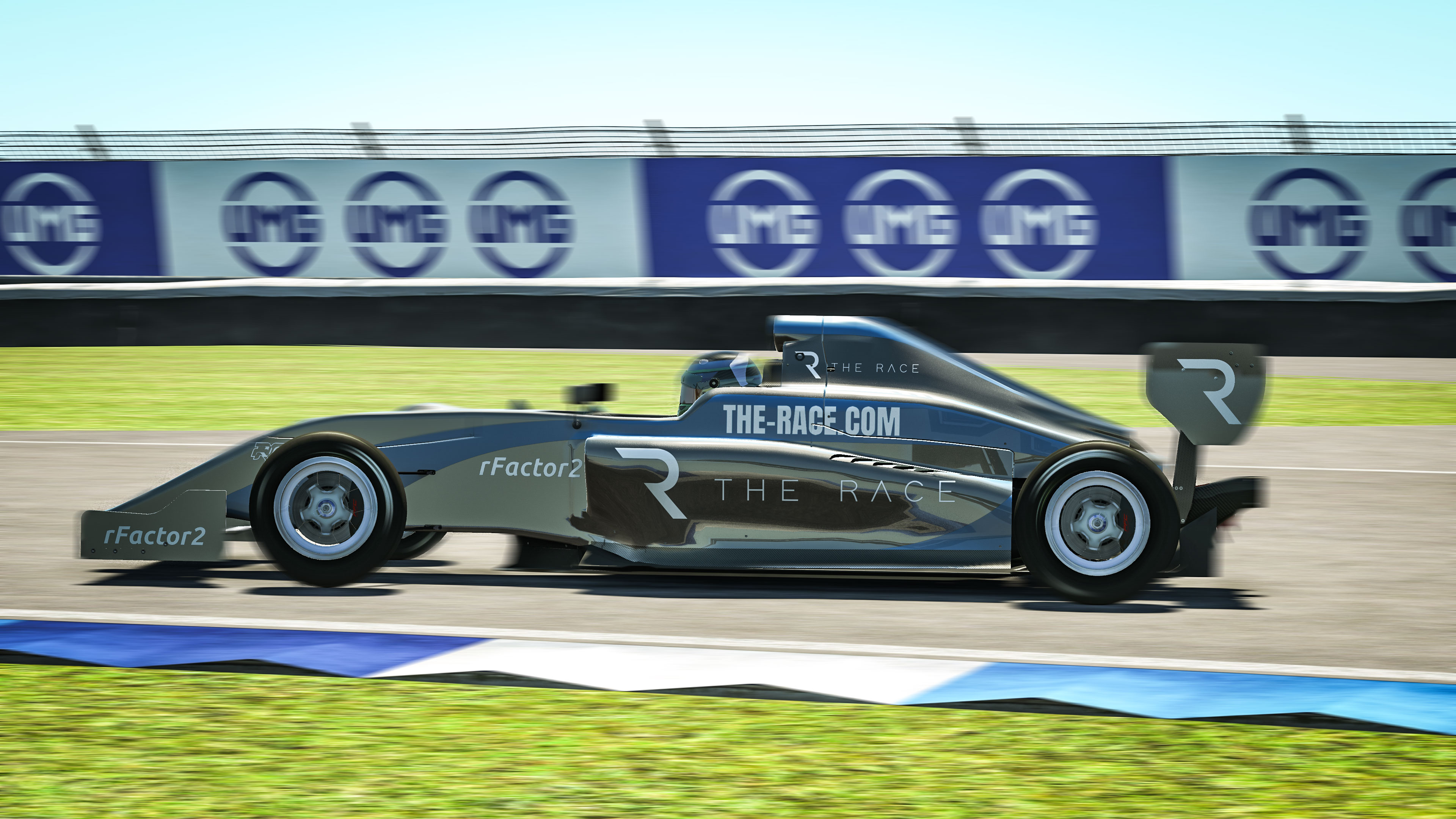
Sebastian Job
What was really impressive about the Red Bull Esports driver was his single-lap pace. He set the fastest qualifying lap of the entire event with his 1:19.331 in the sim racers heat. He finished that race in a commendable third which was enough for him to make the grand final where he qualified in second and only behind Kevin Siggy. Unfortunately, his hopes of a podium finish fell away in an instant as the fight for third with Pinto ended dramatically as the two ran side by side into the first corner and then made contact. Pinto came out of it unscathed but Job spun, rolled off the tarmac and promptly retired.
Stoffel Vandoorne
The Belgian may have two seasons worth of Formula 1 experience, but sim racing was very much a new venture. His personal livestream revealed he had a very simplistic setup and one that was comparatively cheap compared to others who used full-on sim rigs. He also later revealed that he only downloaded rFactor 2 the day before the event. Despite that, he qualified for the second group race in third and finished the race in second, only behind the eventual champion Rudy van Buren. He easily made it to the grand final where he qualified in 12th and finished the race in ninth. Not bad for one day’s practice!

Tom Dillmann
Finally, it’s only fair to highlight another driver who put in a good showing despite not having the best record on paper. It started off well for the Formula E driver as he qualified in second for the second group race and only behind Rudy van Buren. He might have got punted off and into the gravel at the first corner of the first lap, but even despite that he recovered to finish in ninth.
The last chance qualifier played out much better for him as he started the race in second but easily overtook Neel Jani down the start/finish straight on the second lap to take the race lead and eventual win. Ultimately though he didn’t set a lap time in the grand final so started from 20th and last. Dillman fought his way up to 13th on lap 17, but then retired from the race with a suspected disconnection.
Had the grand final gone his way he could well have been one of the highest finishing real-world drivers in the All-Star Esports Battle.

